FOBIF has made a reluctant submission to the current government consultation on forest management. Our reluctance is based on two concerns:
- These consultations increasingly look like popularity polls, along the lines of the Herald Sun’s daily polls on subjects like, ‘Are the young people of today irresponsible?’ In any case, being voluntary, they’re not necessarily a reflection of the community’s views.
- The questions in this consultation are either patronising or they try to force respondents into expressing preferences they may not want to express: for example, they ask respondents to ‘prioritise’ ‘conserving plants and animals’ and ‘providing jobs’. This is the old ‘jobs versus the environment’ hoax, and we don’t accept it.
Nevertheless, we had a go. Here is the substance of our submission. The questions are the ones provided by the consultation, and are in italics:
1 How can we protect and improve our forests for all Victorians?
By properly resourcing forest managers, and having them well advised by good research.
2 What benefits do you want future generations to gain or enjoy from Victoria’s forests?
Victorians should be able to benefit from the role of our forests in catchment protection and water supply; they should also be able to enjoy the beauty and biodiversity of our forests. Governments should vigorously pursue plantation timber, to obviate the need to log our native forests.

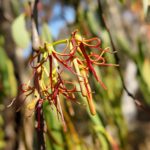
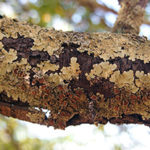
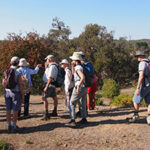
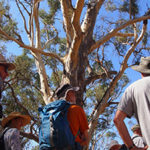
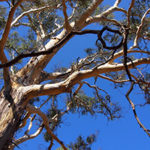
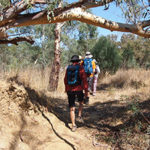
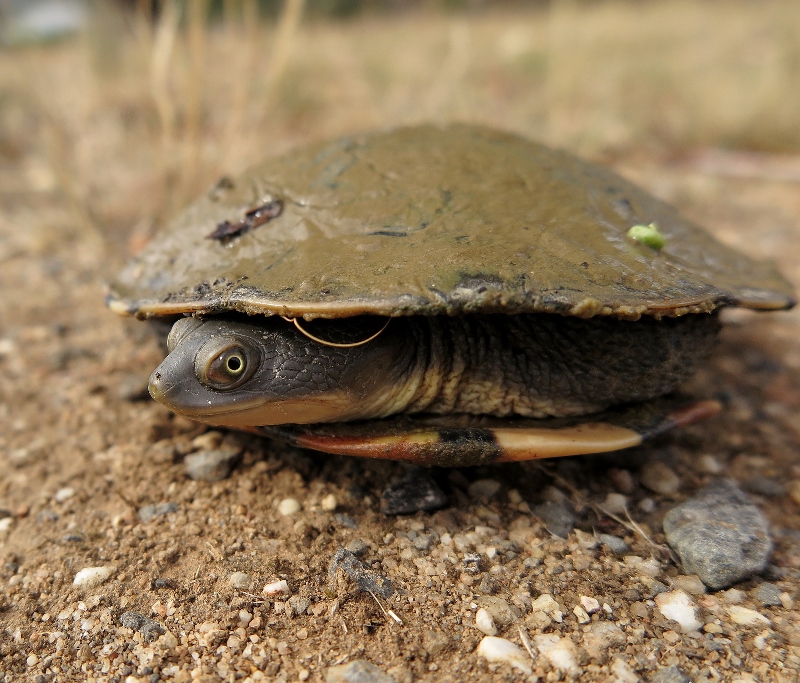

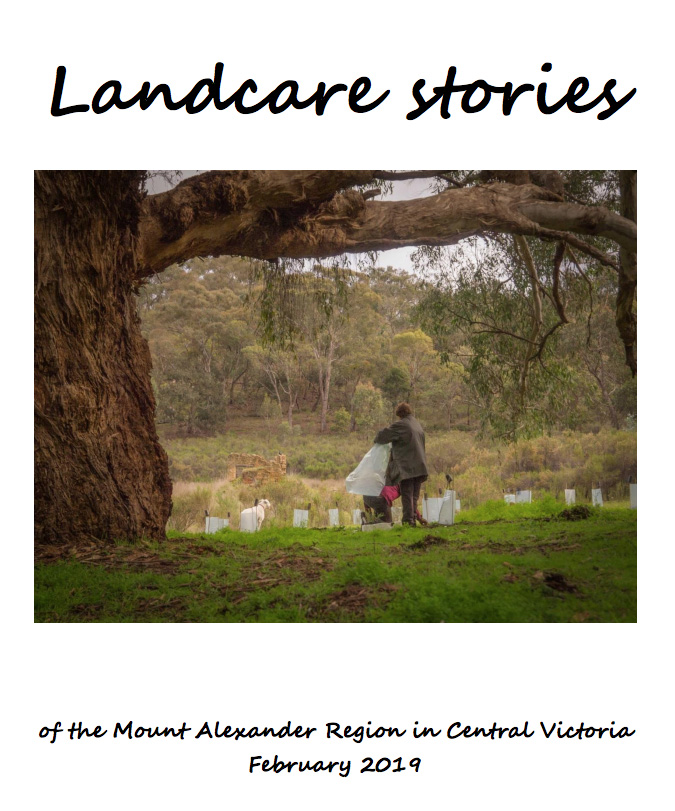 In 2018 the Midland Express published a series of ‘Landcare stories’ as part of Connecting Country’s ‘Nature News’ series. These stories are now available to read in electronic format (as pdf file), or as a printed booklet.
In 2018 the Midland Express published a series of ‘Landcare stories’ as part of Connecting Country’s ‘Nature News’ series. These stories are now available to read in electronic format (as pdf file), or as a printed booklet. 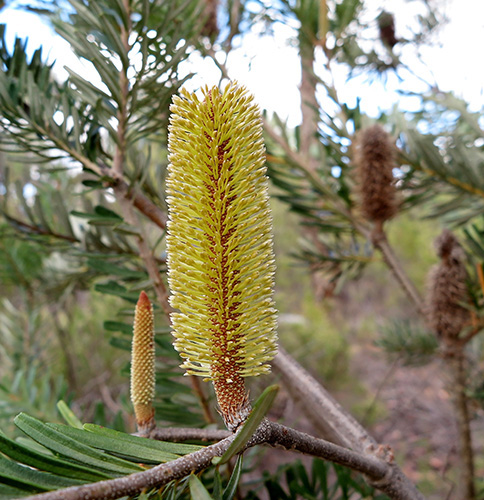
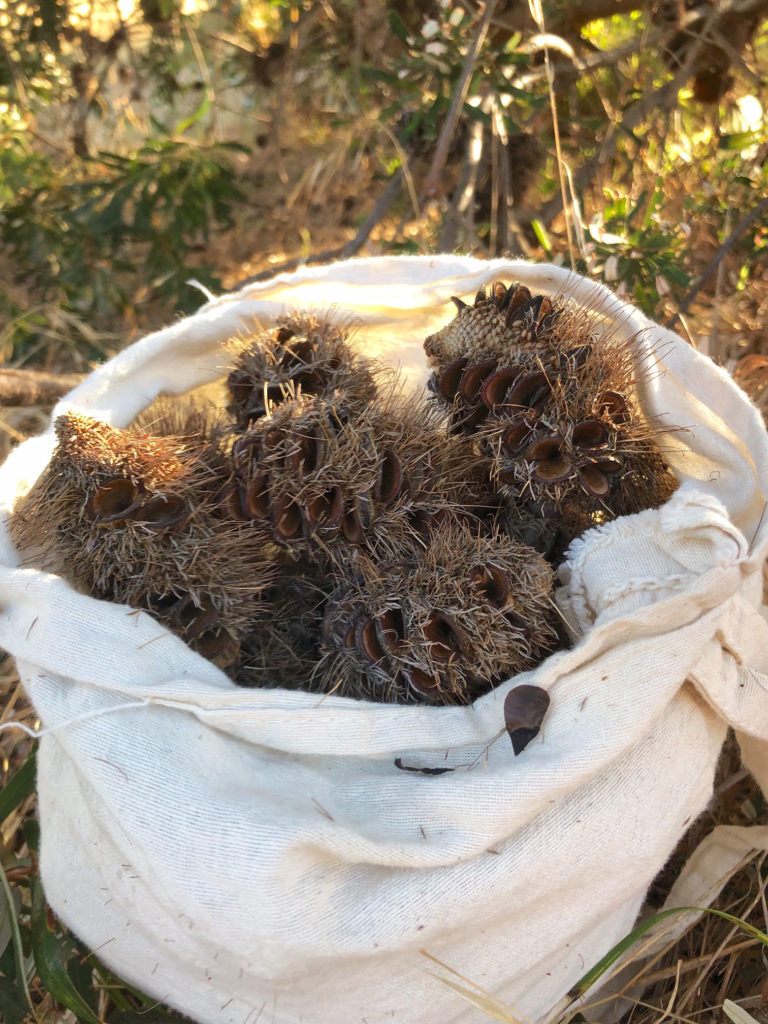
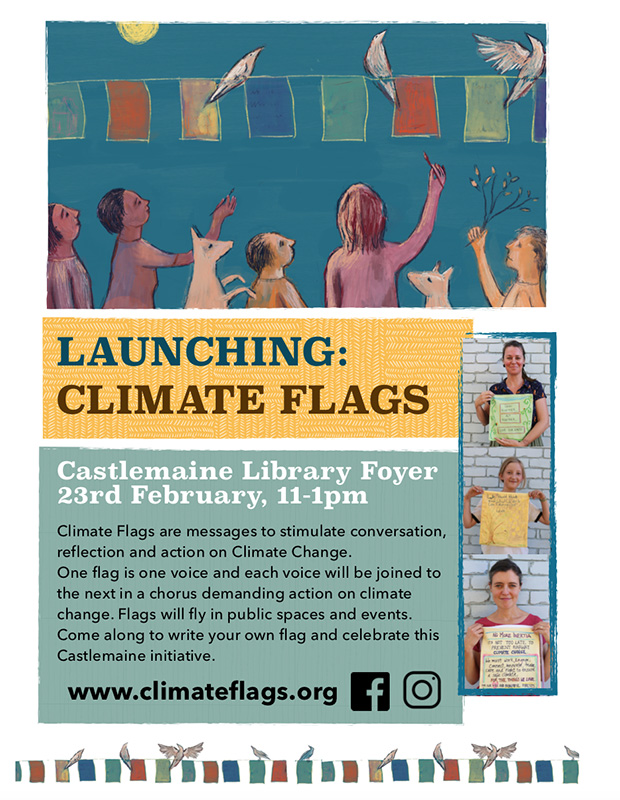



 Click on image for info/order page
Click on image for info/order page Click on image for info/order page
Click on image for info/order page Click on image for info/order page
Click on image for info/order page




















